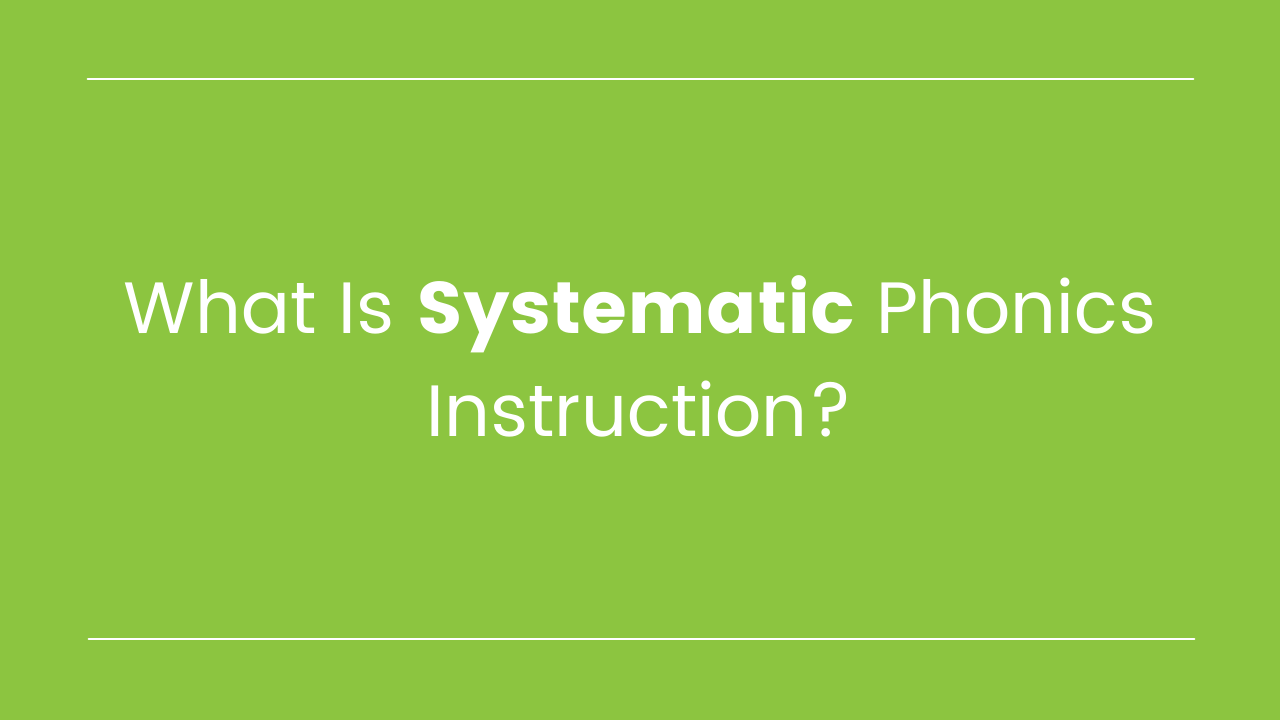
What is Systematic Phonics Instruction?
Have you heard that phonics programs are most effective when they're systematic? Systematic phonics instruction is one of several different types of phonics teaching methods. A systematic phonics instructional approach is backed by research - and this article, we'll explore exactly what that means.
In the systematic phonics instructional method, there is a set, sequential list of individual phonics skills (like alphabet letters, digraphs, consonant blends, long vowels, etc.). This sequence is often referred to as a scope and sequence. Teachers cover each skill in order, preferably only after students have mastered the skill(s) that fall earlier in the sequence.
This sounds pretty simple - and it is! But phonics is not always taught this way, unfortunately. In some approaches (especially in past decades), phonics skills were taught incidentally. For example, if a teacher was reading students a story that had many long e words in them, she might cover long e. But that decision wasn't made based upon a scope and sequence; it was chosen based upon a book that the teacher happened to select.
Covering phonics patterns as they come up can be helpful at times (especially if it will allow students to successfully read a text), but it should not be the basis of phonics instruction.
The research unequivocally supports systematic phonics instruction, so you'll need to follow a scope and sequence. If you need a scope and sequence, you can access one for free at this link.




